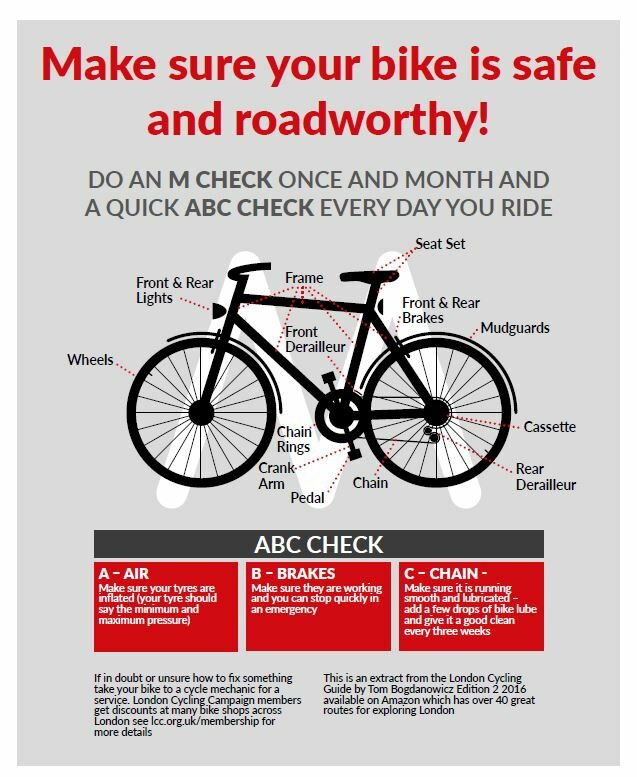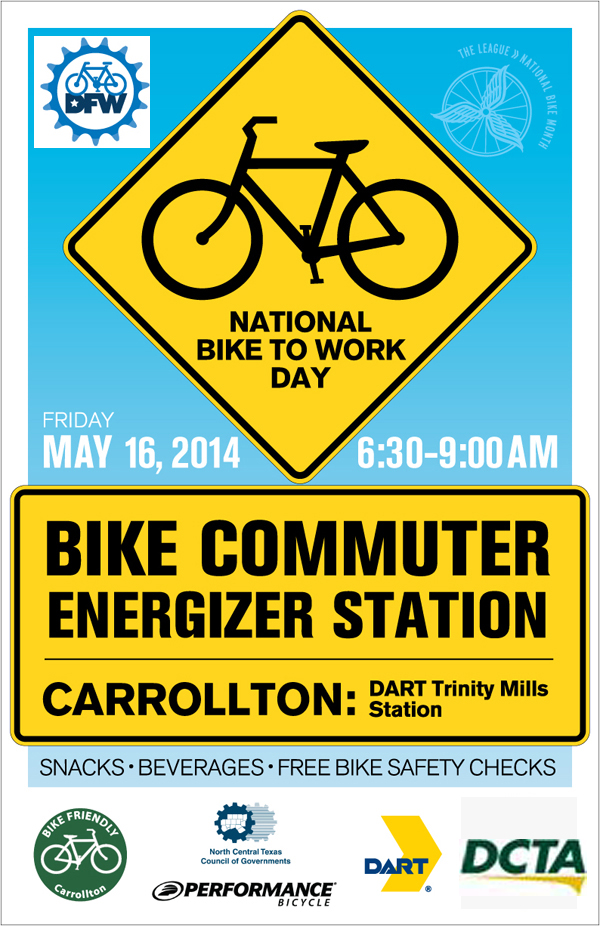The Rise of Bike Commuting: Exploring the Benefits and Challenges
Bike commuting has gained significant popularity in recent years, with an increasing number of individuals recognizing its numerous environmental, health, and financial benefits. As a sustainable and active mode of transportation, bike commuting contributes to reduced greenhouse gas emissions, improved personal health, and lower transportation costs compared to driving a car.
Despite the advantages, bike commuters often face challenges that may hinder their enthusiasm for this eco-friendly option. These challenges include limited cycling infrastructure, inclement weather, safety concerns, and the time commitment associated with longer commutes. However, many cities and organizations are working to address these issues, implementing measures to improve bike lanes, provide weather protection, enhance safety, and offer incentives for bike commuters.
One such initiative is the National Bike to Work Week, a movement that encourages individuals to embrace active transportation and experience the benefits of bike commuting firsthand. By participating in this annual event, commuters can join a larger community of cyclists, discover local bike resources, and contribute to reducing traffic congestion and air pollution in their cities.
National Bike to Work Week: A Movement to Encourage Active Transportation
National Bike to Work Week is an annual event that promotes the benefits of bike commuting and encourages individuals to adopt active transportation as a healthier, more sustainable alternative to driving. Established in the United States in 1956, this week-long celebration takes place during the third week of May, coinciding with National Bike Month.
The primary objective of National Bike to Work Week is to raise awareness about the numerous advantages of bike commuting, including improved physical and mental health, reduced traffic congestion, and decreased air pollution. By participating in this event, communities can come together to celebrate the joy of cycling, discover local bike resources, and advocate for better cycling infrastructure.
National Bike to Work Week has a rich history, with its roots dating back to the post-World War II era when the League of American Bicyclists first initiated the event to promote the bicycle as a viable mode of transportation. Over the years, the movement has gained momentum, inspiring similar events in countries around the world and contributing to the growing trend of bike commuting.
Emphasizing the importance of active transportation, National Bike to Work Week highlights the role of cycling in reducing traffic congestion and improving air quality. By encouraging more individuals to choose bikes over cars, cities can alleviate the strain on their transportation systems, decrease greenhouse gas emissions, and create more livable, breathable urban environments.
How to Participate in National Bike to Work Week: A Step-by-Step Guide
Participating in National Bike to Work Week is an exciting opportunity to embrace active transportation and contribute to a healthier, more sustainable community. To ensure a smooth and enjoyable experience, follow these steps:
-
Prepare Your Bike: Ensure your bicycle is in good working condition by checking the brakes, tires, chains, and lights. Schedule a tune-up if necessary, and consider investing in a sturdy lock and a comfortable bike seat.
-
Plan Your Route: Utilize online mapping tools or local resources to identify bike-friendly routes, avoiding heavily congested roads when possible. Consider testing your route during off-peak hours to familiarize yourself with the path and gauge travel time.
-
Ensure Safety: Wear a properly fitted helmet, follow traffic laws, and use hand signals to indicate turns and stops. Equip your bike with lights and reflectors, and consider wearing bright or reflective clothing to enhance visibility.
-
Register for Local Events: Check with your local government, bike advocacy groups, or community centers for organized rides, workshops, or celebrations during National Bike to Work Week. Registering for these events can help you connect with other cyclists and learn about local bike resources.
-
Engage with Your Community: Encourage friends, family, and colleagues to join you in participating in National Bike to Work Week. Share your experiences on social media, using the hashtag #NationalBikeToWorkWeek, and consider organizing a group ride or meetup to foster camaraderie and support among fellow cyclists.
By following these steps, you can actively contribute to the National Bike to Work Week movement and enjoy the numerous benefits of bike commuting. Remember to stay positive, have fun, and share your enthusiasm for active transportation with others in your community.
Selecting the Right Bike for Your Commute: A Product Review Focus
Choosing the ideal bike for your commute is crucial for ensuring comfort, durability, and affordability. Here, we review three popular bike models suitable for commuting:
Model A: The Urban Commuter
Model A is a versatile commuter bike that combines style and functionality. Its lightweight aluminum frame, coupled with puncture-resistant tires, ensures a smooth and hassle-free ride. The bike features a convenient rear rack, allowing for the attachment of panniers or baskets, and its adjustable seat post and handlebars cater to riders of various heights. However, Model A’s higher price point may be a drawback for budget-conscious commuters.
Model B: The Hybrid Bike
Model B offers a perfect blend of comfort and performance, featuring a sturdy steel frame, shock-absorbing suspension fork, and wide, cushioned saddle. Its 21-speed Shimano gearing system provides seamless transitions between gears, making it suitable for various terrains. While Model B’s affordability is a significant advantage, its heavier weight might pose challenges when navigating steep inclines or carrying the bike up stairs.
Model C: The Folding Bike
Model C is an excellent option for commuters with limited storage space or those who need to combine cycling with public transportation. Its compact design allows for easy folding and unfolding, and its lightweight aluminum frame ensures portability. Despite its smaller size, Model C still offers a comfortable ride, thanks to its adjustable seat and handlebars. However, its higher price point and limited gearing options may deter some commuters.
When selecting the right bike for your commute, consider factors such as comfort, durability, and affordability. Each of these models offers unique features and benefits, making them suitable for various commuting needs. By investing in a reliable and efficient bike, you can contribute to reducing traffic congestion and air pollution, all while enjoying the numerous benefits of active transportation during National Bike to Work Week and beyond.
Bike Maintenance Tips for a Smooth Commute: Ensuring Longevity and Performance
Regular bike maintenance is essential for ensuring a safe, comfortable, and efficient commute. By following these essential maintenance tips, you can help extend the life of your bike and enhance its overall performance:
1. Check Tire Pressure
Proper tire pressure is crucial for a smooth and safe ride. Regularly check your tire pressure using a tire gauge, and inflate them to the recommended PSI (pounds per square inch) level, which can typically be found on the sidewall of the tire. Maintaining the correct tire pressure reduces rolling resistance, improves traction, and minimizes the risk of punctures.
2. Lubricate the Chain
A well-lubricated chain reduces friction, prolongs its lifespan, and ensures smooth gear transitions. Apply a high-quality bike chain lubricant to the chain while slowly pedaling backward. Wipe off any excess lubricant with a clean cloth to prevent attracting dirt and grime.
3. Adjust Brakes
Properly adjusted brakes are vital for your safety and the safety of others. Check the brake pads for wear and replace them if necessary. To adjust the brakes, loosen the pinch bolt, pull the brake cable taut, and then tighten the pinch bolt. Fine-tune the brake alignment by adjusting the barrel adjuster or the position of the brake caliper.
4. Inspect the Bike Frame and Components
Regularly inspect your bike frame and components for any signs of damage, wear, or corrosion. Tighten any loose bolts or screws, and replace any worn-out or damaged parts as needed. Pay particular attention to the saddle, handlebars, pedals, and wheels, ensuring they are securely fastened and free from damage.
5. Clean Your Bike
Cleaning your bike not only keeps it looking great but also helps prevent premature wear and tear. Use a mild detergent and warm water to gently clean the frame, wheels, and components. Dry the bike thoroughly to prevent rust, and consider applying a protective wax or sealant to the frame for added protection.
By incorporating these bike maintenance tips into your routine, you can help ensure a safe, enjoyable, and low-maintenance commute during National Bike to Work Week and beyond. Regular bike maintenance not only promotes your personal safety and comfort but also contributes to the overall performance and longevity of your bike.
Bike Safety Measures: Protecting Yourself and Others on the Road
Bike safety is paramount for all cyclists, especially during National Bike to Work Week when more riders are on the road. By adhering to safety guidelines and promoting visibility, you can help ensure a secure and enjoyable commute for yourself and others. Consider the following safety measures:
1. Wear a Helmet
Always wear a properly fitting helmet to protect your head in the event of a crash. Ensure the helmet meets safety standards and is appropriately secured with straps.
2. Follow Traffic Laws
Bicycles are considered vehicles, and cyclists must obey traffic laws, signals, and signs. Ride in the same direction as traffic, use designated bike lanes when available, and signal your intentions before turning or changing lanes.
3. Increase Visibility
Make yourself visible to motorists by wearing bright or reflective clothing, using bike lights and reflectors, and positioning yourself in a visible location on the road. Maintain a consistent and predictable path of travel to help motorists anticipate your movements.
4. Navigate Intersections Safely
Intersections can be hazardous for cyclists. Approach them with caution, yield to traffic with the right-of-way, and use crosswalks when available. Consider using a headlight and taillight to enhance your visibility in low-light conditions.
5. Share the Road
Be respectful of motorists, pedestrians, and other cyclists. Communicate your intentions clearly, use hand signals, and maintain a safe distance from other vehicles. Avoid riding too close to parked cars to prevent “dooring” accidents.
6. Avoid Common Hazards
Stay alert for potential hazards such as potholes, debris, and wet or icy surfaces. Ride defensively, anticipate potential dangers, and adjust your speed and position accordingly. Maintain your bike in good working order to minimize the risk of mechanical failures.
By following these safety measures, you can help protect yourself and others while promoting a positive image for the cycling community during National Bike to Work Week and beyond. Encourage fellow cyclists to prioritize safety and share the road, fostering a bike-friendly environment for all.
Building a Bike-Friendly Community: Encouraging Active Transportation Policies
Creating a bike-friendly community involves the collective efforts of local governments, businesses, and residents. By advocating for active transportation policies, you can help promote a healthier, more sustainable, and connected community during National Bike to Work Week and beyond. Consider the following strategies:
1. Support Bike Lane Implementation
Bike lanes provide a dedicated space for cyclists, increasing safety and encouraging more people to commute by bike. Advocate for the expansion of bike lane networks in your community, emphasizing the benefits of reduced traffic congestion, improved air quality, and enhanced community connectivity.
2. Encourage Bike-Sharing Programs
Bike-sharing programs offer an affordable and convenient transportation option for residents and visitors alike. Encourage your local government or businesses to invest in bike-sharing systems, which can help reduce car trips, promote physical activity, and foster a sense of community.
3. Promote Safe Routes to School
Safe Routes to School initiatives aim to improve the safety and accessibility of routes to and from schools, encouraging students to walk or bike to school. Support these programs by advocating for infrastructure improvements, such as sidewalks, crosswalks, and traffic calming measures, and by engaging with schools and parents to promote the benefits of active transportation.
4. Engage Local Businesses
Local businesses play a crucial role in shaping the transportation culture of a community. Encourage businesses to offer incentives for bike commuters, such as bike parking, showers, or discounts, and to support bike-friendly policies and infrastructure improvements.
5. Advocate for Complete Streets Policies
Complete Streets policies ensure that roads are designed and operated to accommodate all users, including cyclists, pedestrians, and transit riders. Advocate for the adoption and implementation of Complete Streets policies in your community, emphasizing the importance of equitable, safe, and accessible transportation options.
By advocating for active transportation policies, you can help create a more bike-friendly community, making it easier and safer for residents to choose cycling as a mode of transportation during National Bike to Work Week and throughout the year. Engage with local leaders, businesses, and community members to promote the benefits of bike commuting and work together to build a more sustainable and connected future.








